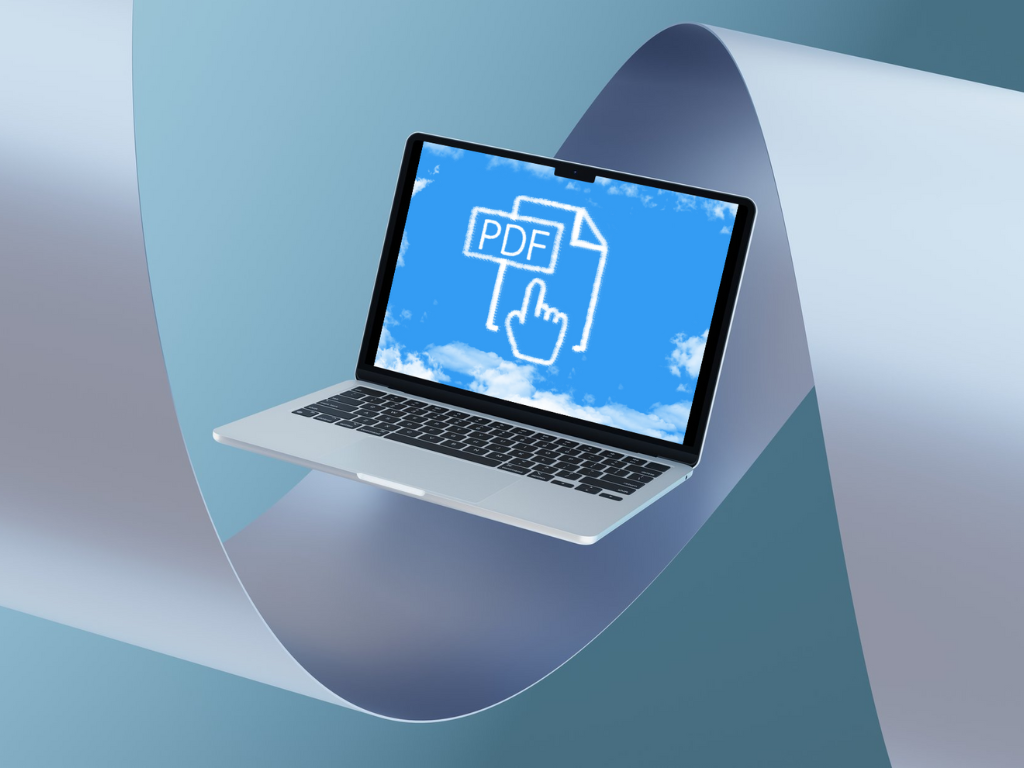PDF (Portable Document Format) converters are indispensable in today's world. They transform digital documents into the versatile PDF format or convert PDFs back into editable formats like Word, Excel, and more. This dual functionality makes them valuable tools for business, academia, and everyday users. In this article, we'll explore some of the market-leading PDF converters—both online and offline—detailing their features, pros, and cons to help you choose the best solution for your needs.
Introduction
Sit repellat hic cupiditate hic ut nemo. Quis nihil sunt non reiciendis. Sequi in accusamus harum vel aspernatur. Excepturi numquam nihil cumque odio. Et voluptate cupiditate.
Understanding PDF Converters
PDF converters enable users to transform documents from various formats into PDFs or convert PDFs into editable formats. They also often include additional features like Optical Character Recognition (OCR), annotation tools, and batch processing. Here's a quick overview of the primary functions and benefits of PDF converters:
- Preservation of Formatting: Documents maintain their original layout, fonts, and images, regardless of the software or platform used for viewing.
- Security: PDF files can be password-protected, encrypted, or signed for secure sharing.
- Interactivity: PDFs can include hyperlinks, multimedia, and interactive forms.
Given these capabilities, PDF converters have found applications across various fields. Now, let's delve into the leading PDF converter tools.
Top Offline PDF Converters
Offline PDF converters are desktop-based applications that users install directly onto their computers. They offer robust functionality for processing large volumes of documents without relying on an internet connection. Here are some market leaders:
1. Adobe Acrobat DC
Adobe Acrobat DC is widely regarded as the gold standard in PDF converters. It offers comprehensive features for creating, editing, and converting PDF files:
- Key Features:
- Create and convert PDFs from Word, Excel, PowerPoint, HTML, and other formats.
- Edit text and images directly within PDFs.
- Apply Optical Character Recognition (OCR) to scanned documents.
- Create fillable forms and collect data securely.
- Combine multiple files into a single PDF document.
- Encrypt and protect PDFs with passwords or digital signatures.
- Pros:
- Comprehensive feature set for document management.
- Seamless integration with Adobe's ecosystem and cloud storage.
- Supports multiple platforms, including Windows, macOS, iOS, and Android.
- Cons:
- Relatively expensive, with a monthly subscription fee.
- Resource-intensive; may lag on older computers.
2. Foxit PDF Editor
Foxit PDF Editor (formerly PhantomPDF) is a cost-effective alternative to Adobe Acrobat, known for its user-friendly interface and versatile features:
- Key Features:
- Convert PDFs to Word, Excel, HTML, and image formats.
- Edit, annotate, and organize PDF files with ease.
- Secure PDFs with passwords, permissions, and digital signatures.
- Apply OCR to scanned documents for text recognition.
- Batch processing for document conversion and management.
- Pros:
- Competitive pricing compared to other full-featured PDF converters.
- Lightweight application, optimized for performance.
- Advanced collaboration tools for team-based projects.
- Cons:
- Less extensive cloud integration compared to Adobe Acrobat.
- Some features are not as intuitive as in competing software.
3. Nitro PDF Pro
Nitro PDF Pro provides an enterprise-grade solution for document creation and conversion, balancing powerful features with ease of use:
- Key Features:
- Convert PDFs to editable formats, including Word, Excel, and HTML.
- Create and edit PDFs from any application that supports printing.
- Annotate, highlight, and comment directly on PDFs.
- Secure documents with passwords and permissions.
- Cloud integration for collaboration and document sharing.
- Pros:
- Intuitive interface, ideal for users switching from Microsoft Office.
- Supports batch processing and automated workflows.
- Reasonable pricing with flexible licensing options.
- Cons:
- Mac support is limited, with some features unavailable.
- Less extensive editing tools compared to Adobe Acrobat.
4. PDF-XChange Editor
PDF-XChange Editor is known for its feature-rich platform and lightweight design, making it a popular choice for businesses and individuals:
- Key Features:
- Convert PDFs to Word, Excel, image, and HTML formats.
- Edit, annotate, and organize PDFs.
- Apply OCR to scanned documents.
- Secure files with passwords and permissions.
- Optimize and reduce PDF file sizes for easy sharing.
- Pros:
- Fast performance, even with large documents.
- Supports various file formats for conversion.
- Batch processing and automated workflows save time.
- Cons:
- Complex user interface may overwhelm new users.
- Limited cloud storage integration.
5. ABBYY FineReader PDF
ABBYY FineReader PDF is a premium solution that emphasizes OCR capabilities, making it a top choice for organizations dealing with scanned documents:
- Key Features:
- Advanced OCR for converting scanned images into searchable PDFs.
- Edit, annotate, and convert PDFs to Word, Excel, and other formats.
- Compare documents to identify text changes.
- Secure PDFs with encryption and digital signatures.
- Pros:
- Accurate OCR with support for multiple languages.
- Easy-to-use interface for editing and conversion.
- Ideal for businesses with extensive paper archives.
- Cons:
- Relatively expensive for individual users.
- Limited integration with cloud storage platforms.
